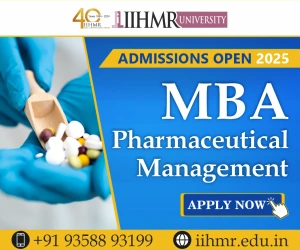REVIEW ON OCULAR DRUG DELIVERY
About Authors: Divya Gupta,
M.Pharm (Pharmaceutics),
Dehradun Institute of Technology, Dehradun
Introduction
In the words of Hughes and Mitra2: “ophthalmic drug delivery is one of the most interesting and challenging endeavours facing the pharmaceutical scientist...The anatomy, physiology and biochemistry of the eye render this organ exquisitely impervious to foreign substances...The challenge to the formulator is to circumvent the protective barriers of the eye without causing permanent tissue damage...The primitive ophthalmic solutions, suspensions and ointment dosage forms are clearly no longer sufficient to combat some present virulent diseases...”
Eye is a unique and very valuable organ. This is considered a window hinge. We can enjoy it and look at the world body. There are many eye diseases that can affect the body and loss of vision as well. Therefore, many eyes in drug delivery systems are available. They are classified as traditional and new drug development system. Topical application of drugs to the eye is the most popular and well-accepted route of administration for the treatment of various eye disorders. The bioavailability of ophthalmic drugs is, however, very poor due to efficient protective mechanisms of the eye. Blinking, baseline and reflex lachrymation, and drainage remove rapidly foreign substances, including drugs, from the surface of the eye [1].


 About Authors:
About Authors: About Authors:
About Authors:







